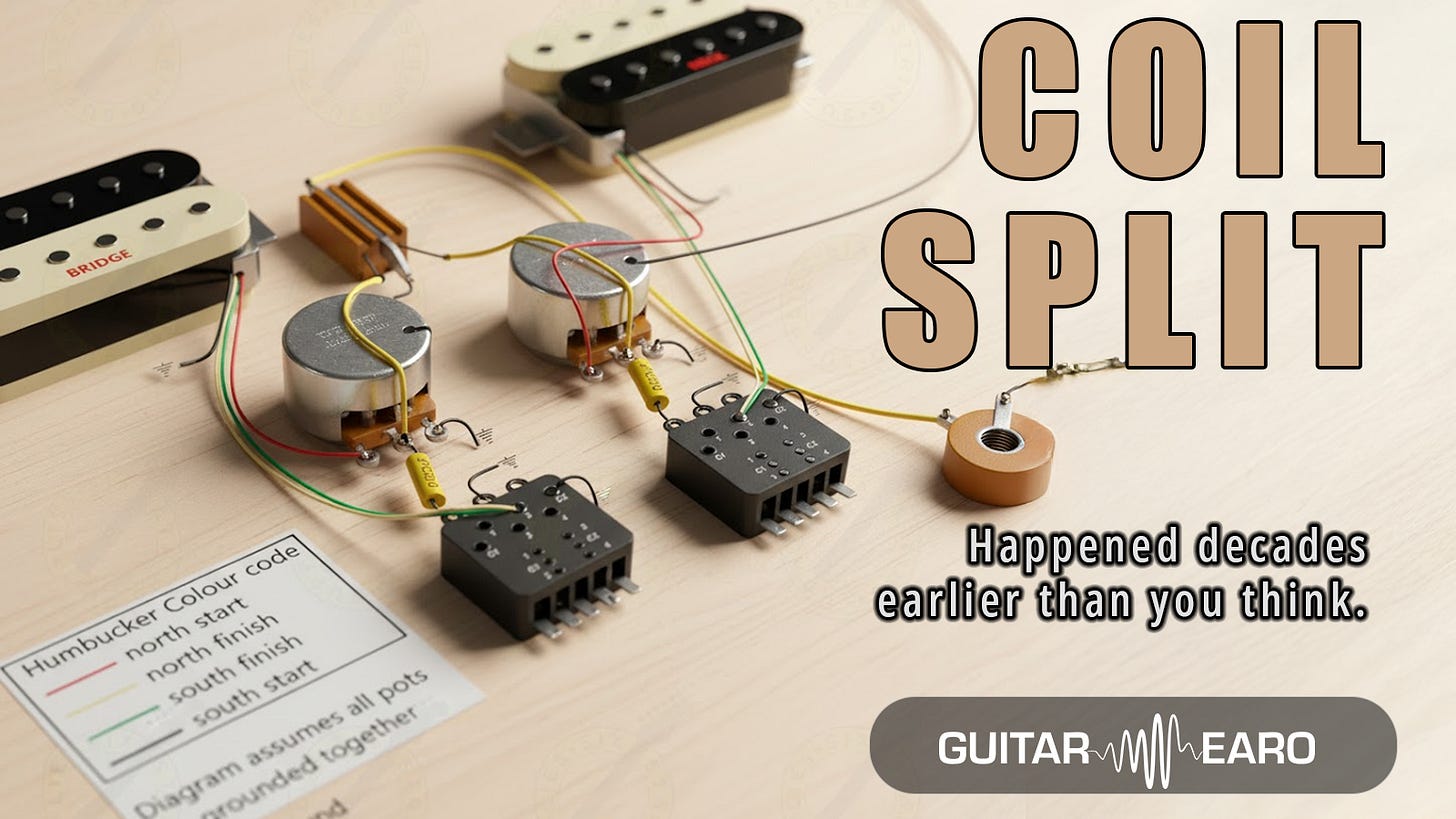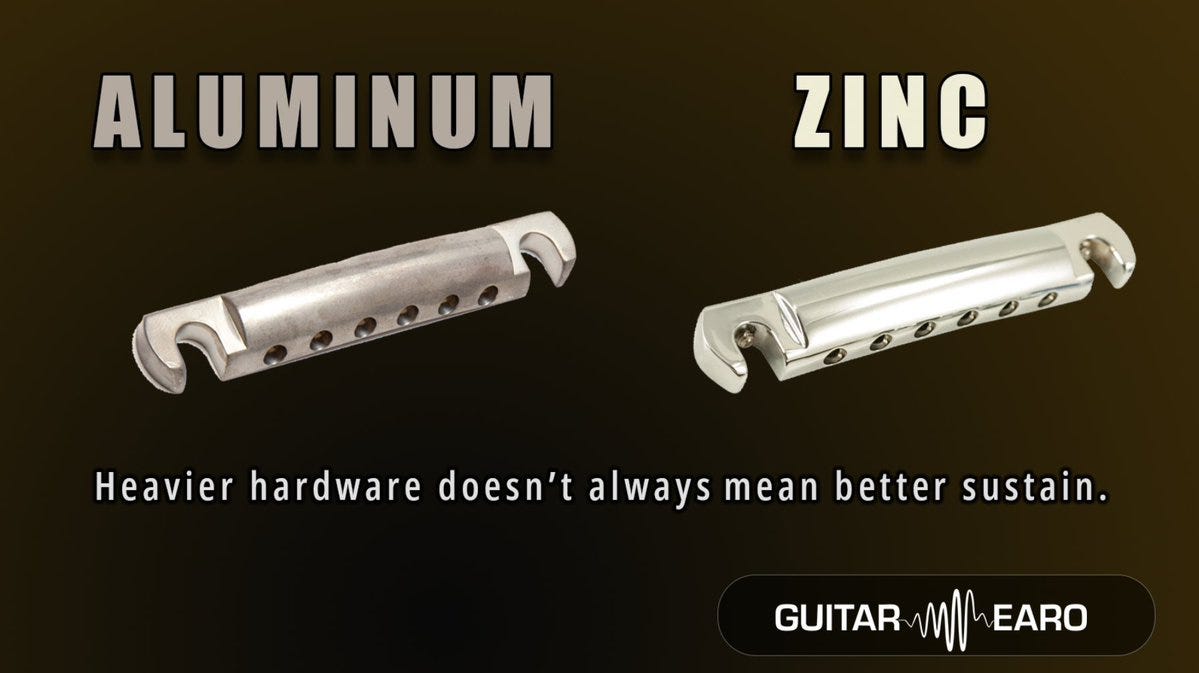Instead of the old shim method (slipping business cards, sandpaper, or slivers of wood into the <a href="why-i-do-not-have-a-stiff-neck.html">neck</a> pocket to tilt the neck) Fender introduced the three-bolt neck plate with Micro-Tilt adjustment screw.
With one Allen key turn, you could change the pitch of the neck relative to the body. No luthier, no fuss.
It should have been genius.
Instead, it became one of the most divisive design changes in Fender’s history.
How the Micro-Tilt Worked
Traditional Fender <a href="why-i-do-not-have-a-stiff-neck.html">neck</a>s used a four-bolt plate, holding the neck tightly against the body. If the angle needed changing, the solution was crude but effective: loosen the neck, add a shim at one end of the pocket, retighten.
CBS-era Fender wanted efficiency. The Micro-Tilt replaced one of the four bolts with a central screw, pressing against a metal disc in the <a href="why-i-do-not-have-a-stiff-neck.html">neck</a> heel.
By turning it, you could subtly shift the <a href="why-i-do-not-have-a-stiff-neck.html">neck</a> angle up or down. Three bolts, plus that screw, instead of four.
Why It Went Wrong
On paper, nothing was lost. Three bolts and a tilt screw should equal four bolts and a shim. In practice, though, the execution was sloppy.
CBS Fender was infamous for cost-cutting in the 1970s. Neck pockets were often routed too loose. Add only three bolts, and suddenly you had just enough play for the <a href="why-i-do-not-have-a-stiff-neck.html">neck</a> to shift under string tension or even a heavy bend.
The result? Stories of necks moving in their pockets mid-gig, sustain that seemed choked, and a general sense of instability. Players didn’t blame CBS’s manufacturing tolerances.
They blamed the design.
Sustain, Stability, and the Blame Game
Did the Micro-Tilt actually kill sustain? Physics says: not necessarily. A tight, well-made three-bolt joint can be just as solid as a four-bolt. The problem wasn’t the screw, it was sloppy production.
But in the court of public opinion, nuance doesn’t matter. The Micro-Tilt became shorthand for everything wrong with CBS-era Fender: heavy poly finishes, oversized headstocks, and now, “loose necks.”
The myth stuck. Even today, collectors talk about “pre-CBS four-bolt Strats” as a badge of tone quality.
Fender’s U-Turn
By the early 1980s, after years of player complaints, Fender quietly returned to four bolts on most models. The Micro-Tilt disappeared from the mainstream lineup.
That reversal cemented the narrative. If Fender themselves abandoned it, surely the critics were right? The truth is more subtle: Micro-Tilt wasn’t a bad idea, it was a good idea implemented at the worst possible time.
Ironically, Fender reintroduced Micro-Tilt later on some American series guitars (this time with four bolts plus a tilt screw), and with tighter quality control, it works exactly as intended.
What This Tells Us
The Micro-Tilt story is a case study in guitar culture:
A tiny engineering tweak can ignite decades of tone debate.
Execution matters more than invention.
Myths often outlive the facts.
Some guitarists will swear forever that a 3-bolt neck kills sustain. Others own rock-solid ’70s Strats that play beautifully.
Both are true, because consistency was the real issue.
Final Thought
Fender’s three-bolt Micro-Tilt system wasn’t just a neck joint. It was a flashpoint for how guitarists think about design, stability, and tone.
It proved that in the world of guitars, even a single screw can screw with your reputation.
PS: Think You Can Hear It?
At Guitar Earo, we run blind tone tests to see how well players really hear differences like this. Spoiler: most fail.
Take the Tone Test here 👉 guitar.earo.app




